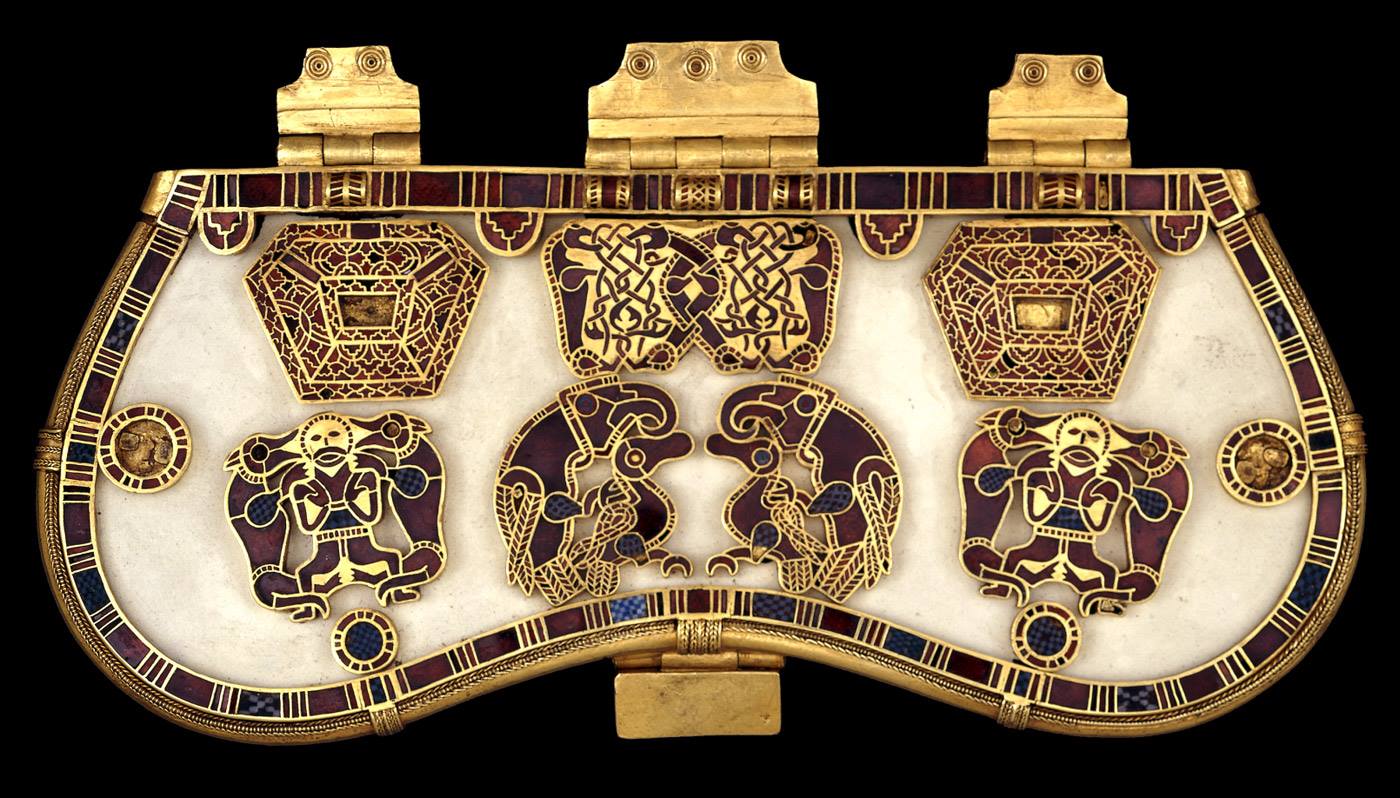Any other angles of this?
Looks to be, the circular rip on the bottom seems to be the same as the other. Thanks!
deleted by creator
What is it made of? It must weigh a ton!

I don’t suppose anyone knows the etymology of Kabuto? I can’t help but notice it’s very similar to Latin Capita meaning head.
Almost certainly it’s just a coincidence, of course. But both Indo-European and Japanese populations do have ANE ancestry, so there is a potential candidate for a common source, however unlikely that is.
Unfortunately, as Japonic is its own language family entirely, it’s almost certainly a coincidence. But wiktionary gives some possible etymologies here
From Old Japanese. Found in the Nihon Shoki of 720 CE with the reading kaputo.[1]
Derivation currently unknown.
A surface analysis might suggest a derivation from 被る (kaburu, “to wear something on the head”). However, that reading derives from older form kagafuru and does not appear until 850,[1] some time after the first appearance of kabuto.
An alternative analysis might suggest a compound of 頭 (kabu, “head”, kun’yomi and native Japanese term) + 兜 (to, “helmet”, on’yomi and borrowing from Chinese). However, the “head” sense with the kabu reading does not appear until near the end of the Muromachi period.[1]
Word-medial bilabial plosives usually underwent lenition, shifting along the lines of /p/ → /f/ → /w/, then vanishing altogether except where the following vowel was /a/. This lenition often did not happen at morpheme boundaries in compound words. The persistence of the /b/ in kabuto might thus suggest that this term was originally a compound of ka + puto. The ka element is uncertain, possibly the か (ka-) intensifying prefix added to adjectives; Old Japanese puto would be the stem and root of modern 太い (futoi, “thick; fat; stout”), possibly in reference to the protective strength provided by a helmet. This puto would then have undergone rendaku (連濁) to become buto.
Compare the phonology of adjective か細い (kabosoi, “very slender”), composed of this ka- prefix and adjective 細い (hosoi, ancient pososi) and demonstrating a similar retention of the bilabial plosive and rendaku (連濁).
proof that you can rationalise every crazy videogame accessory… for display purposes.



